A Cultural Experience in Da Nang: Traditional Art Performances at Nguyen Hien Dinh Theater
Đà Nẵng is not just a picturesque city with stunning beaches but also a city with rich cultural heritage. Among its cultural venues is the Nguyễn Hiển Dĩnh Classical Drama Theater, dedicated to the traditional Vietnamese theater form known as tuồng. If you are interested in exploring traditional Vietnamese performing arts, we recommend watching a show at this theater when visiting Da Nang. Here’s our review of the theater and its performances.
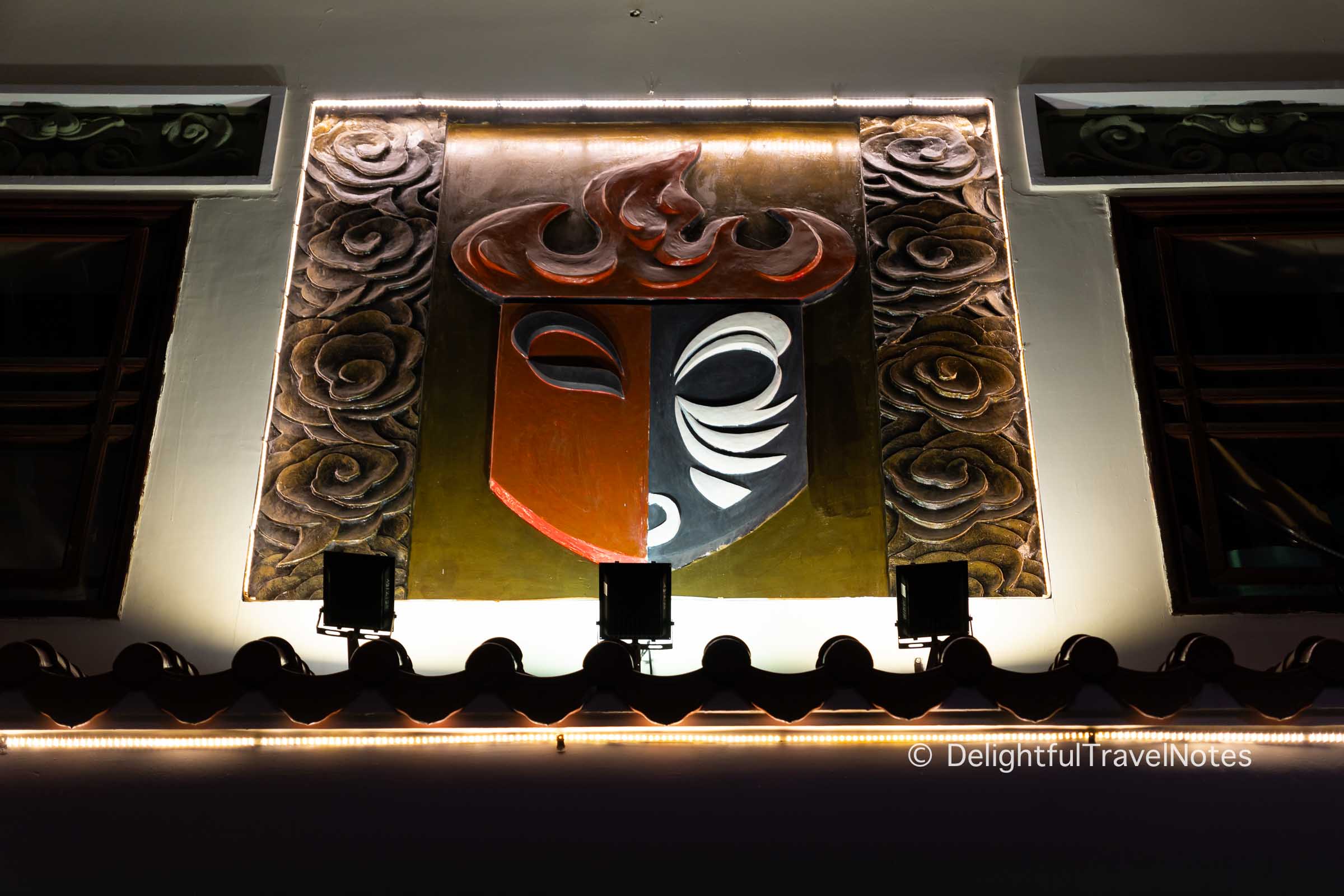
- 🌐: Official Website.
- 📍: Google Maps.
- 🎟: Tickets can be purchased directly at the theater or via Klook.
The History and Characteristics of Tuồng
Tuồng, also known as Vietnamese classical opera or classical drama, is a comprehensive performing art form that includes elements of music, dance, acting, and costumes. Its origin is thought to date back to the 13th century. The stories of the operas typically revolve around historical stories, legends, and myths of the nation, often featuring many intriguing and complex plots.
This art form is characterized by its highly stylized performances. Actors use exaggerated gestures and movements to convey emotions and the story. This sometimes makes audiences unfamiliar with tuồng feel as if the actors are screaming at each other. The performance is accompanied by traditional Vietnamese musical instruments, such as drums, two-string lutes, oboes, and clappers.
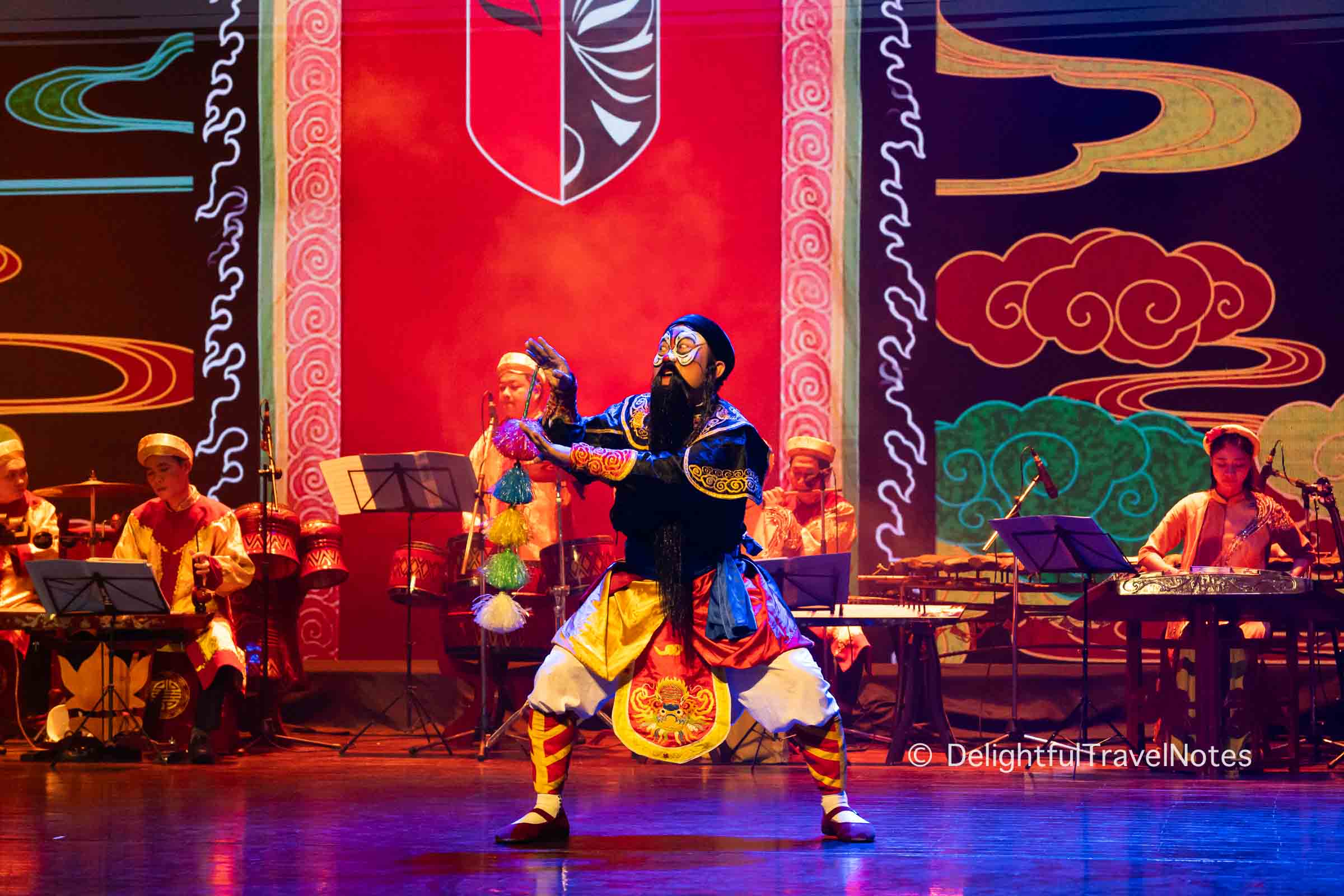
The costumes in tuồng are elaborate and colorful, reflecting the character’s status, personalities, and emotions. The makeup is also an integral part of the performance, with different colors usually symbolizing different character types.
Tuồng, like many traditional Vietnamese art forms, faces many challenges in a rapidly modernizing world. The younger generations are more drawn to contemporary entertainment forms, leading to a huge decline in audience interest. Besides, not many young artists are enthusiastic about pursuing this art form since the pay is barely enough to make a living.
In our childhood and early adulthood in Vietnam, the traditional performing arts, including tuồng, seemed so outdated and irrelevant in modern society to us. We only start to have an interest in exploring our traditional art forms recently as we age. On our trip to Da Nang last month, we decided to watch a show at Nguyen Hien Dinh Theater, which was surprisingly one of the highlights of the trip.
Nguyễn Hiển Dĩnh Classical Drama Theater
This theater is named after Nguyễn Hiển Dĩnh (1853-1926), an official in the Nguyễn dynasty, a playwright of tuồng, and a renowned teacher of this art form in Quảng Nam Province in the early 20th century. The theater is centrally located in Hai Chau District, and it took us under 10 minutes to get there by taxi from our accommodation at the Hilton Da Nang, which is right next to the Han River Bridge. You can have dinner at one of the top local restaurants nearby, such as Banh Xeo Ba Duong, before coming to the theater for a show.
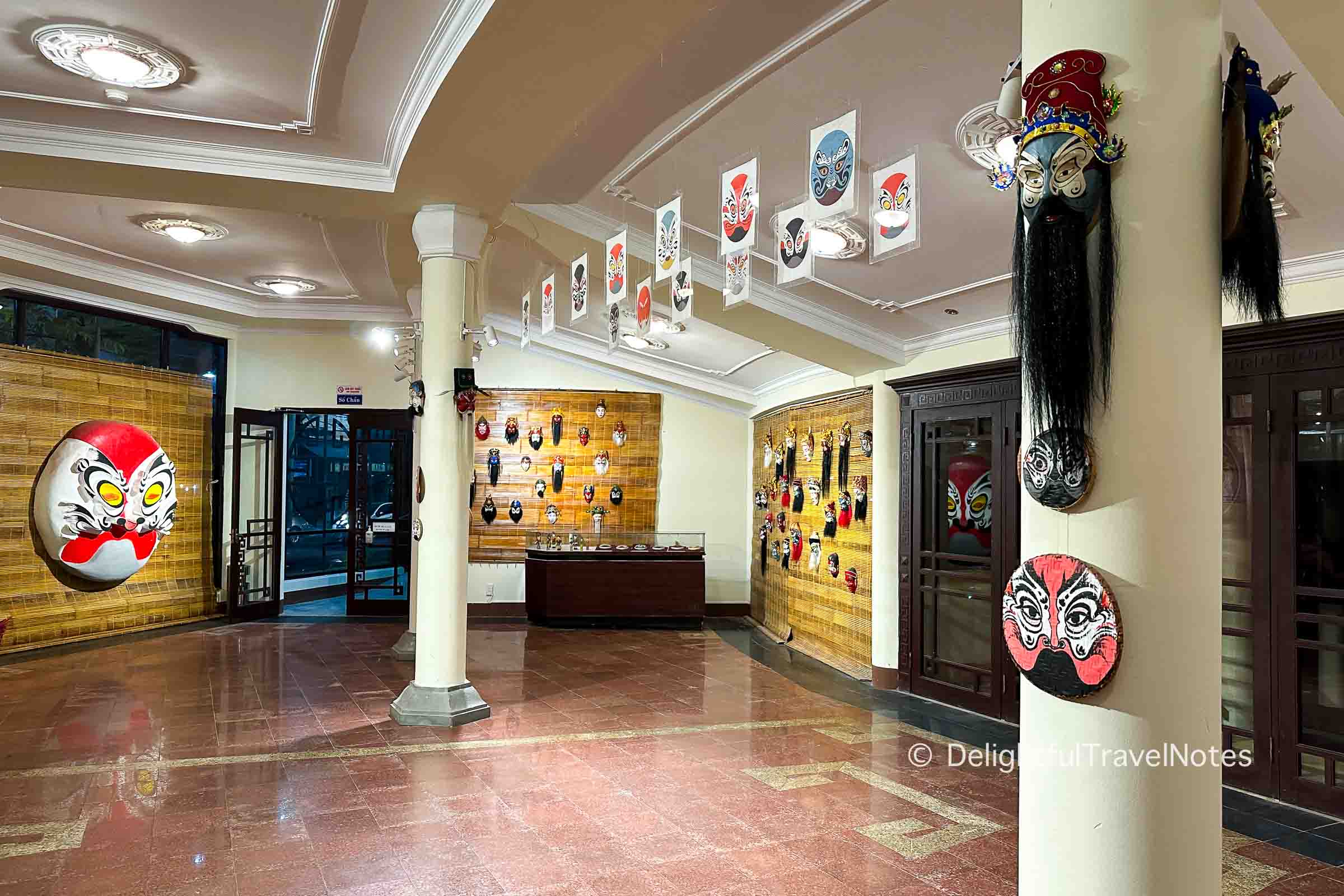
Facing the challenge of remaining relevant in a modern world with a decline in audiences, Nguyen Hien Dinh Theater has developed a number of variety programs to keep this art form alive. These programs include the best excerpts of classical drama with minimal dialogue which are easy to understand and appreciate, and performances of singing, dancing, and other acts to entertain audiences.
Although the arrival hall looks modest, the theater is quite spacious inside with a pleasant ambiance. To our surprise, the sound system, lighting effects, and the actors’ costumes are quite impressive, given that this form of art has fallen out of favor in modern times.
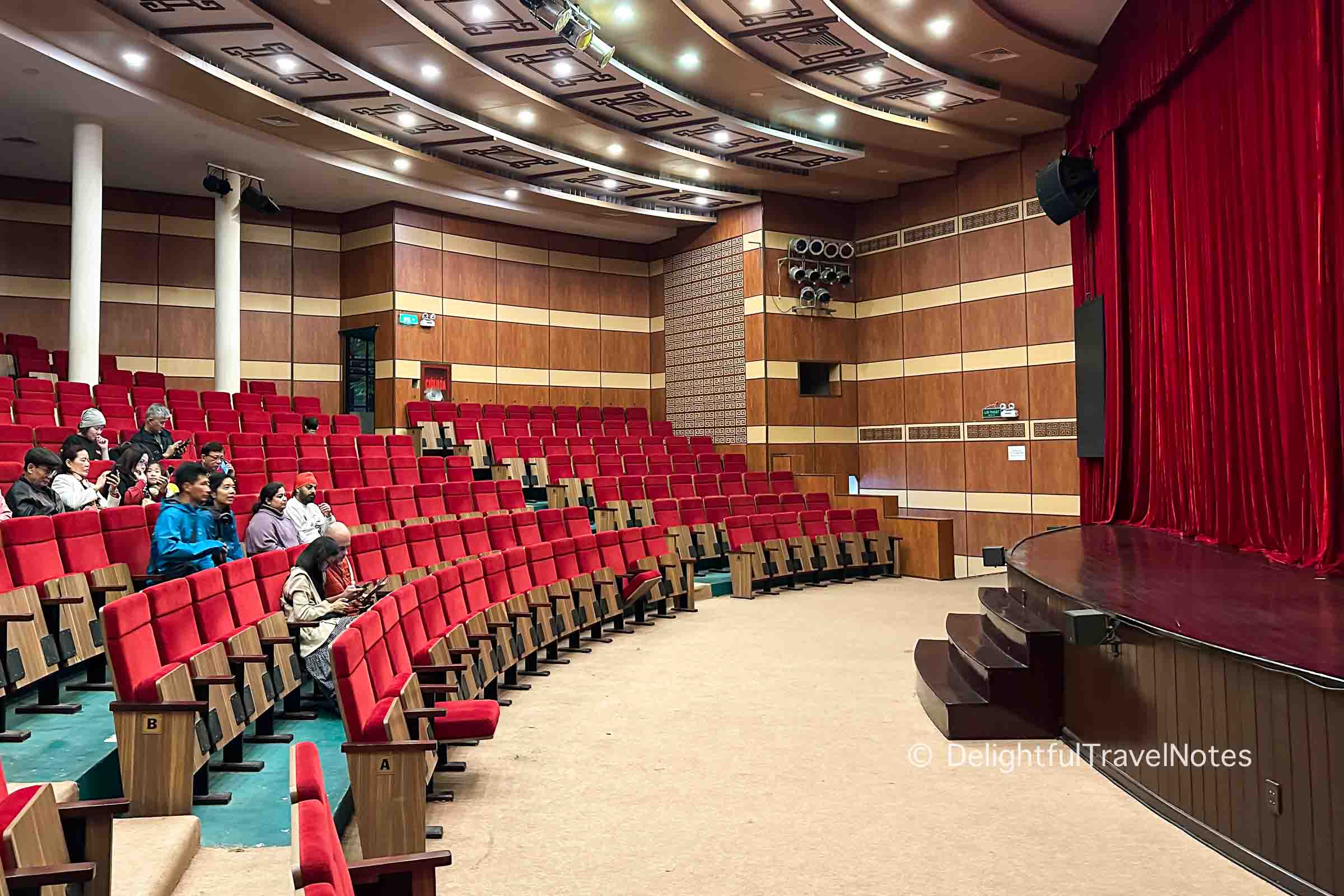
The Performance: A Blend of Music, Drama, and Dance
The theater was running two shows during our stay in Da Nang, one is called Hồn Việt (Viet Souls), and the other one is Sắc Việt (Viet Colors). Sắc Việt is actually a new program developed for 2024, and we happened to be in the city when they performed a free pilot for it. Normal tickets will cost 300,000 dong (a little over $12).
They told us the two shows had the same types of performances. We came to see Sac Viet with no expectation and had a good time. Although the entry was free, the theater was only 30-40% filled. This art program was 75-minute long, full of colors and showcasing the cultural characteristics of the coastal Central region. It included various forms of folk performance arts, tuồng singing, Champa dancing, ensemble and solo instrumental performances, and other artistic acts that honor the cultural heritage.
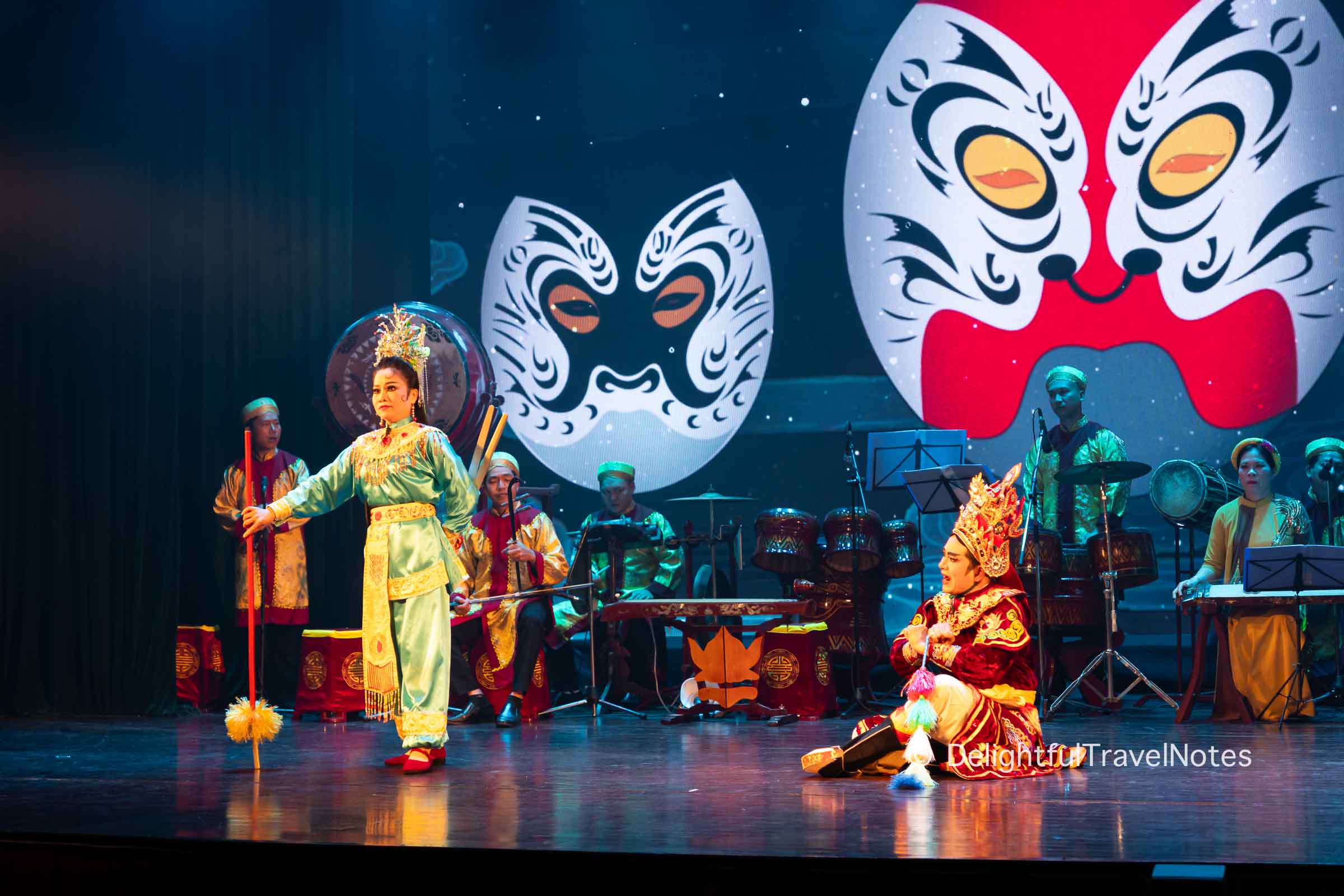
A piece of classical drama performed in the show was from Ho Nguyet Co Hoa Cao tale. Nguyet Co was a fox in the deep forest who, after a thousand years of cultivation, transformed into a beautiful girl. Possessing a magical gem, she became invincible. During a battle with the enemy, she fell in love with a handsome enemy general, and was tricked by him into giving up her precious gem. Without the gem, she returned to her original fox form.
For musical performances, they used various traditional instruments, such as drums, monochord zither (đàn bầu), plucked zither (đàn tranh), oboes, and T’rưng. We were impressed with the final ensemble performance featuring a solo segment on the T’rưng instrument, which is a bamboo xylophone used by some ethnic groups in Central Highlands. A big thumbs-up for the traditional orchestra at the Nguyen Hien Dinh Theater.
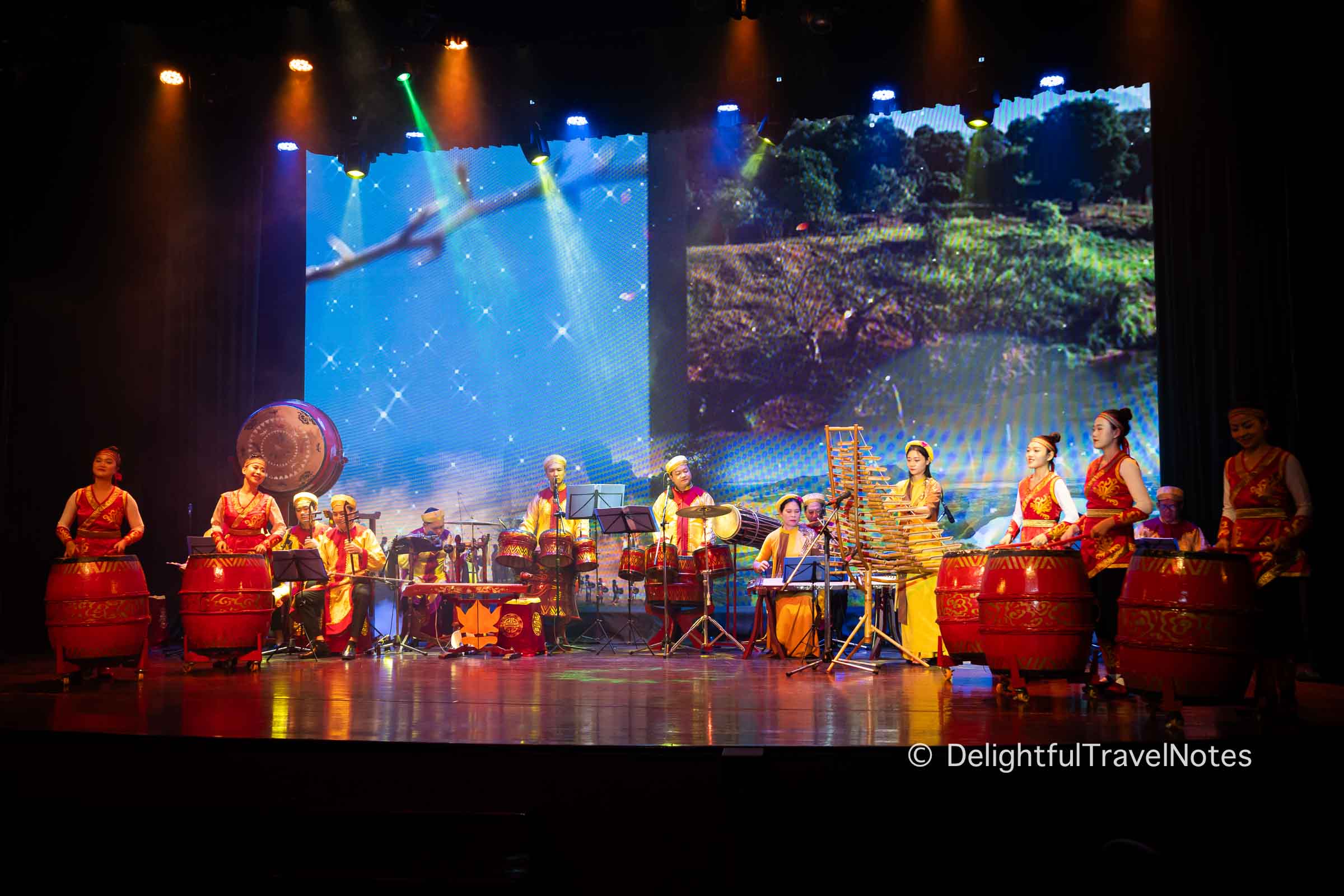
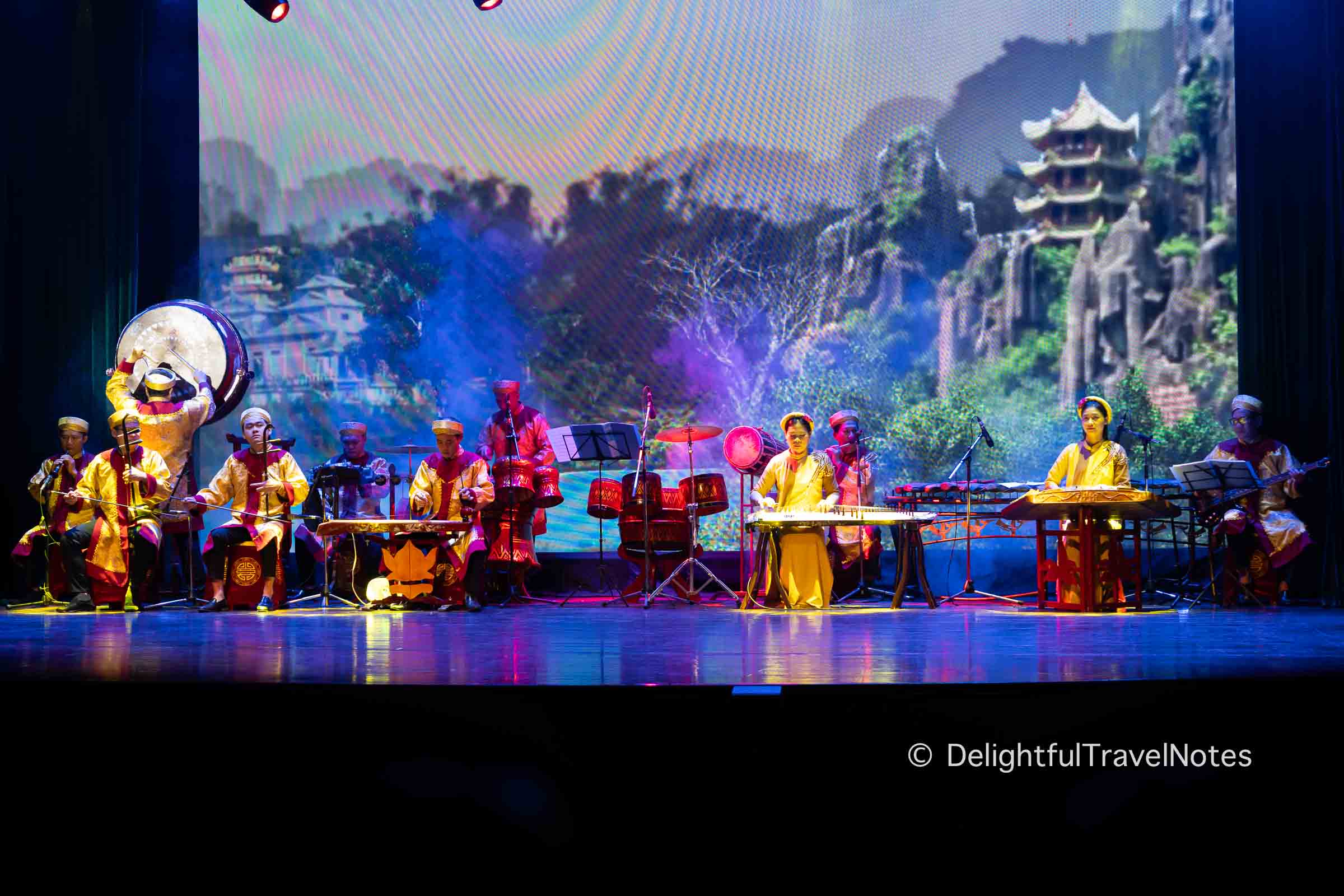
The show alternated between music performances, classical drama excerpts, and group dances. In our opinion, the dances were not as strong as the performances of traditional music and classical drama.

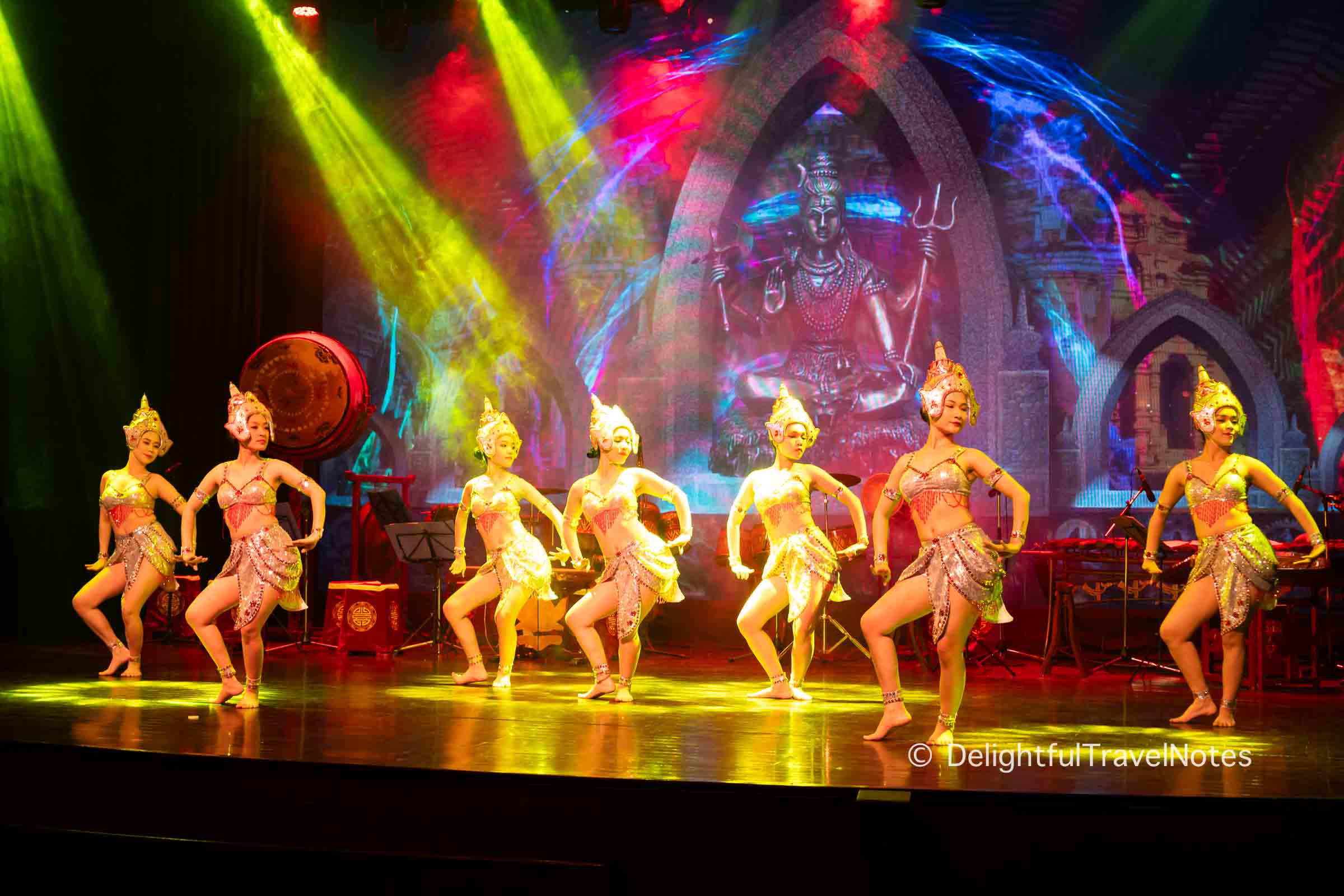
Additional Tips
The easiest way to purchase tickets for the shows at Nguyen Hien Dinh Theater in Da Nang is via Klook. Tickets are also listed on Viator, but there isn’t much feedback, so I don’t know if they are still valid.
You can also contact the theater directly via their facebook page or phone numbers, or purchase tickets onsite since it is unlikely to sell out. If you don’t speak Vietnamese, I think you can ask your hotel concierge to help with ticket purchase.
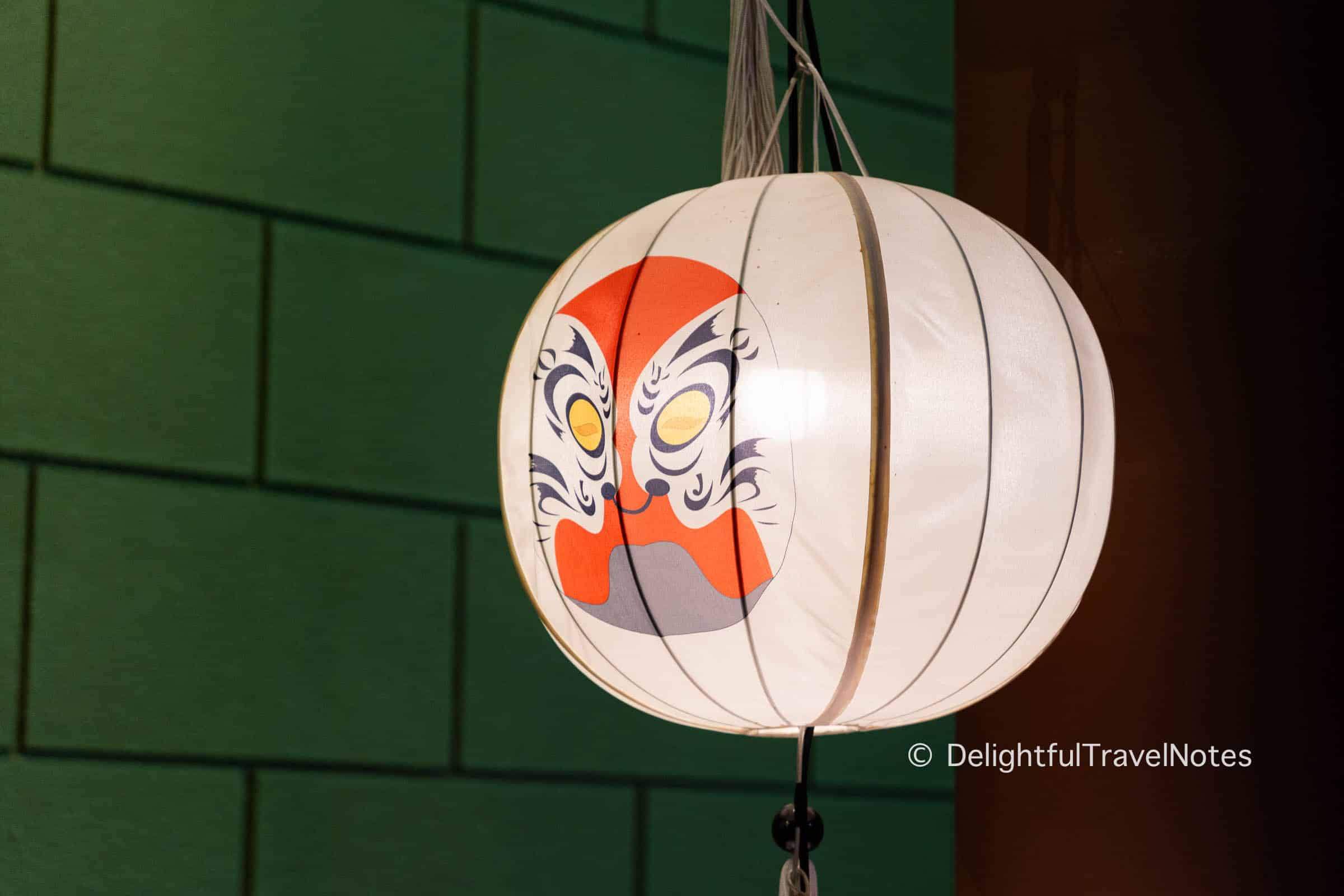
Before each classical drama act and performance, the MC gave a brief explanation of the storyline. We think it is a missed opportunity that the explanation is in Vietnamese only. In addition, the singing and acting are also in Vietnamese only, therefore, foreign visitors may have some difficulty understanding the story. Nevertheless, I feel that the performances are worth watching to explore and appreciate traditional Vietnamese arts, as well as support the theater and its performers. If there is a new show when we visit Da Nang next time, we will not hesitate to watch it.

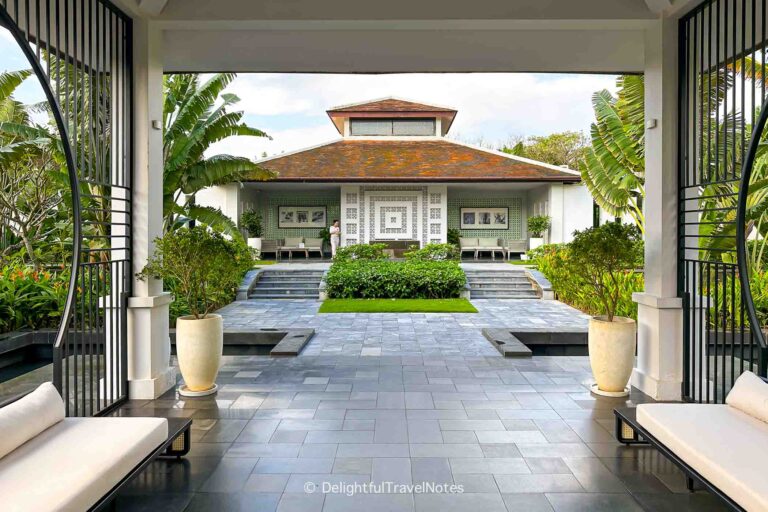


Explore More
Top 12 Best Vietnamese Restaurants in Ho Chi Minh City – A Local’s Guide
Top Must-Try Restaurants in Hanoi – A Local’s Guide
Best Places to Stay in Ho Chi Minh City for Tourists and Short-term Visitors